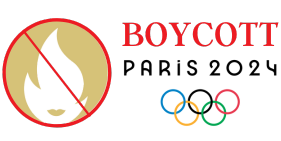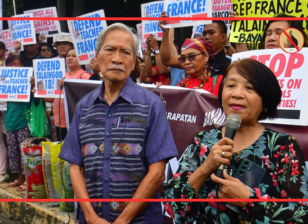France’s Controversial Hijab Laws: Exploring the Facts
France has always been at the forefront of discussions over religious freedom and secularism, especially when it comes to the headscarf worn by Muslims. The contentious hijab rules in France have recently drawn attention from around the world and spurred heated debates over cultural identity, individual rights, and the limits of government interference.
Historical Context: France’s Journey Towards Secularism
The French have been associated with secularism, or “laïcité,” since the early 1900s. The goal of French secularism is to establish a neutral public space in which people are allowed to freely practise their religion in private. It places a strong emphasis on the separation of religion and the state. The French status of 1905 on the Separation of Church and State gave rise to this notion and established the concept of a secular state.
France has had various obstacles in maintaining the concept of laïcité throughout the years, particularly around the display of religious symbols in public areas. Laws restricting the wearing of Islamic headscarves in public have been developed as a result of the controversy surrounding the burqa and hijab.
France’s Controversial Hijab Laws: Unveiling the Facts
● Understanding the French Stance on Religious Attire
The hijab and burqa are religious symbols that have been the subject of contentious social and political debate in the French setting. France has passed rules restricting the display of religious symbols, such as the Islamic headscarf, in specific public areas, adhering to the principles of its stringent brand of secularism. These legal measures seek to preserve equality and integration as well as the public domain’s impartiality.
● Decoding the Hijab Ban in France
France’s hijab ban prohibits wearing religious symbols in public institutions, schools, and government-affiliated workplaces. Supporters argue it promotes equality and unity, while critics view it as an infringement on religious freedom and a breach of individual liberties.
● Debating the Burqa Ban in France
In 2010, the French government banned the burqa, a full face and body covering, due to concerns for gender equality, public safety, and maintaining France’s secular ideals. Supporters viewed it as a step towards women’s emancipation, while detractors criticised it as an attack on religious liberty.
● Examining the Impact of French Hard Secularism
France’s strict secularism, despite its claims to promote social cohesion and avoid religious disputes. It has been criticised for potentially alienating religious minorities, particularly the Muslim community, despite its intention to maintain a neutral public realm.
● The Reality of Religious Diversity in France
In France, Islam is the second-largest religion after Catholicism, with a significant percentage of the population identifying as Muslim. The Muslim community’s presence has raised concerns about cultural integration, prompting debates about the compatibility of Islamic practices with French values and laws.
● Exploring the Historical and Cultural Significance of the Burqa
Some Muslim women cover their entire bodies with the burqa, which has a rich cultural heritage. Originating from religious and cultural traditions throughout many countries, the burqa is symbolic of modesty, piety, and cultural identity, among other connotations. Although it is not required in Islam, certain societies see its application as a religious duty, highlighting the value of modesty and the defence of women’s honour.
● Understanding the Global Context: Countries Where the Burqa is Mandatory
Other than France, a number of other nations have enacted differing laws pertaining to the hijab and burqa. Some countries Belgium, Switzerland, and France have introduced full or partial prohibitions on full face coverings, claiming comparable grounds. Other countries Saudi Arabia, Iran, and others impose severe dress regulations that require women to wear veils.
● Moving Forward: Striking a Balance Between Secularism and Religious Freedom
The contentious hijab rules in France bring up important issues regarding the precarious balance that modern democracies must maintain between secularism and religious freedom. Even though France is steadfast in its commitment to secularism. It nevertheless needs to be made to support inclusivity and uphold people’s freedom to practise their religion without fear of retaliation or marginalisation.
Conclusion
France’s position on the burqa and the hijab illustrates the numerous difficulties that come with striking a balance between individual liberty and secular principles. It also symbolises a complex interaction of political, cultural, and religious elements. Encouraging communication, mutual respect, and understanding are crucial as the nation struggles with the effects of its divisive hijab regulations. This is because everyone should be treated equally and with freedom, regardless of their cultural or religious background.





